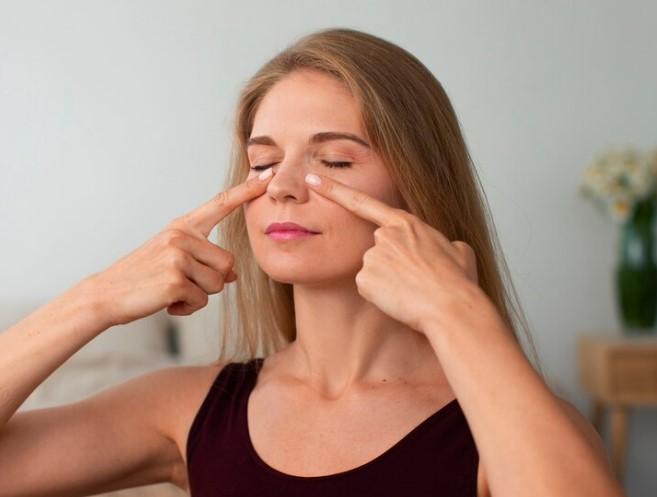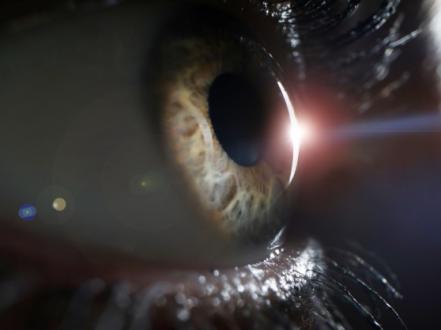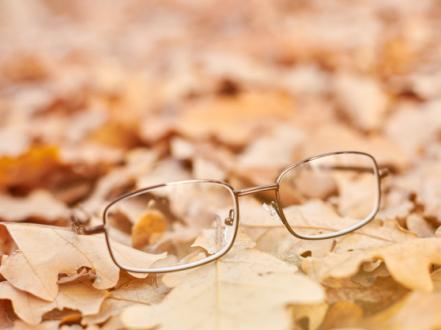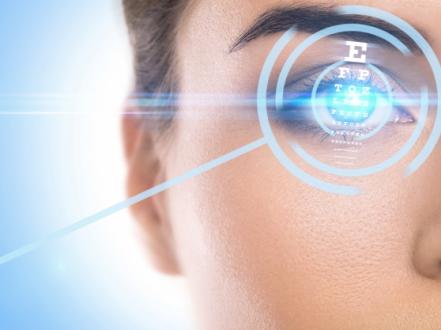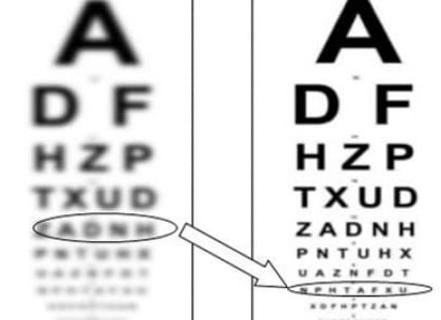Overall visual health can be improved with the help of eye workouts, even though there are no therapeutic activities for specific disorders. Home is a possible setting for some great techniques. Although eye exercises are not capable of curing some diseases, they can progressively ease ocular fatigue and repair troubles with focus with constant use.
Be sure to consult specialists before incorporating any techniques. The expert can select a set of tactics that will help with a particular issue.
What kinds of exercises are there?
- Two-Focus Range: Direct your attention away from the nearby object and toward some spot or object further away. Do it again and again for several minutes. Those who work for long periods of time in front of computers or other electronic devices may benefit greatly from this exercise because it reduces stress. It is feasible to prevent digital eye fatigue by devoting a little time to these activities.
- Figure Eight: Picture yourself visually tracing the horizontal and vertical lines of Figure Eight. It may help relieve dry eyes. By consistently doing this, your eyes will not get fatigued from staring at a screen all day. Now that you know how to activate its latent abilities, your visual system will be much more accurate.
- 20-20-20: This is one of the simple yet productive eye exercises for dry eyes that might aid those who experience strain. As a general rule, you should look at a distant spot for 20 seconds. It must be done every 20 minutes. Your visual system's latent abilities will be activated, enabling it to operate at its highest level all day long. Your eyes won't react to tiredness by watering when you strain too much.
- Brock String: It is a kind of beading that uses strings of varying lengths of colored beads. Changing between the beads can help you better coordinate your eyes and sense depth. This method is useful for avoiding awkward movements caused by poor eye-muscle coordination.
- Blinking: To avoid dry eyes and other discomforts caused by staring at screens, blinking is a good habit to get into. In this way, you can maximize the dormant capacity of your tear glands to lubricate your eyes adequately.
- Palming: The goal of this method is to create heat by functioning your hands together. The next step is to close your eyes and place them in a delicate cup. You can reduce strain by consistently using this easy method.
A prescription for vision rehabilitation from an expert will be beneficial. In order to train the visual system, home techniques are frequently combined with professional therapy effects and some manipulation in a specialist center. As a result, receiving expert care cannot be replaced by the aforementioned workouts.
Can exercises minimize eye tension?
The effectiveness of using exercise to restore vision has been a contentious topic for many years. The misconception that a well-created exercise regimen is the sole solution for those with shortsightedness or other vision issues is mistakenly believed by some. Even the most vision-stimulating exercise cannot, in fact, treat ophthalmological illnesses or recover lost vision. Nevertheless, it is worthwhile to comprehend the causes of eyesight loss. In reality, many people experience a gradual worsening of their vision, and it's not always due to actual impairment. Issues such as dry eye syndrome, eye muscle fatigue, etc., might also arise in this case. In such circumstances, eye exercises for dry eyes can hasten the return of normal eye function and lessen the damage. Thus, training sessions are a strategic maneuver that can potentially alleviate uncomfortable tension and bring back focus.
Does practicing eye exercises come with any dangers?
Although your eyes may be in generally good health, it is still wise to check up before beginning any workout program, according to My Vision Care Clinic. No one should put off seeing a doctor if they are experiencing discomfort.
However, do not conduct eye workouts under any circumstances if you:
- Suffer from any inflammatory condition affecting the visual organs (such as conjunctivitis) or if you have any neurological issues.
- Have issues related to the muscles of the eye, retinal detachment, retinal surgery, severe nearsightedness, elevated intraocular and generalized blood pressure, eye trauma, edema, and inflammation around the eye's internal structures.
- It is not against the rules to do eye workouts if you have cataracts, which are a clouding of the eye's natural lens. However, a doctor's assistance is essential for improving vision with this disorder.
To avoid further harm, you may need to skip part or all of the exercise sessions in some situations. You may be sure that a seasoned ophthalmologist will inform you about them and recommend therapy. Also, if you find that some techniques hurt your eyes, you shouldn't force yourself to do them. This is not typical; if you experience any negative side effects, you should discontinue using it immediately and look for an alternate. Also, be cautious if you wear contact lenses. Injuries to the eye caused by foreign bodies are possible in some forms of activities. Keep an eye on your BP! A lot of people deal with hypertension, therefore this is crucial. Every part of the body, including the eye, has blood circulation. Nearly all forms of physical activity raise it, and when combined with hypertension, the effect is amplified, increasing the risk of a number of diseases.
What frequency of eye exercises is recommended?
Neither the optimal order nor the relative merits are specified. However, you are the one who is responsible for the training plan and type of tactic, so choose wisely. You can practice blinking today and other techniques from the recommended program tomorrow. Experts advise performing the selected scheme of eye exercises once daily from 3 to 5 minutes, but the regularity with which you should practice them is something you should determine for yourself based on your own requirements, desires, and emotions.
Myopia or hyperopia: can eye techniques aid such vision problems?
No amount of physical activity can help restore eyesight. If you're experiencing near vision blur, there are a few things you can do to calm your anxious eyes and stop the condition from getting worse.
As for farsightedness, this is a really annoying condition. Even while looking directly at an object, a person may have trouble focusing on anything close by, even if they can see it clearly from a distance. Because of this, one feels not only tension but also physical discomfort in the eyes. Therefore, exercises for individuals with hyperopia should be aimed at relaxation.
